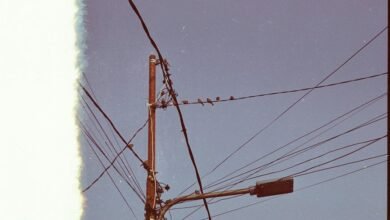Photoacomanha: O Uso de Imagens no Processo Judicial

The integration of visual evidence in the judicial process has transformed the dynamics of legal proceedings. Images can enhance clarity and persuasiveness, influencing juror perceptions significantly. However, this reliance on visual representation raises critical concerns regarding emotional bias and authenticity. As the legal system increasingly embraces the power of imagery, the implications for fair judicial outcomes warrant a closer examination of both its benefits and potential pitfalls. What remains to be explored is the balance between visual impact and judicial integrity.
The Role of Visual Evidence in Legal Cases
Visual evidence plays a pivotal role in the legal arena, serving as a powerful tool to enhance the clarity and persuasiveness of arguments presented in court.
Documentary photography and forensic imaging are critical components in this context, offering objective representations of facts. Such visual documentation aids in establishing credibility, providing jurors with tangible insights that transcend verbal narratives, thereby enriching the judicial process.
Advantages of Using Images in Court
Although the use of images in court may initially seem supplementary, their advantages are substantial and multifaceted.
Images enhance image credibility, providing juries with tangible evidence that can clarify complex narratives. This visual representation significantly influences jury perception, making arguments more persuasive.
Consequently, the incorporation of images fosters a more informed decision-making process, ultimately contributing to a fairer judicial outcome.
Challenges and Limitations of Visual Evidence
The integration of images in court, while beneficial, also presents several challenges and limitations that can impact the judicial process.
Authentication issues may arise, questioning the legitimacy of visual evidence.
Furthermore, the potential for emotional bias can skew juror perceptions, leading to decisions influenced more by imagery than factual accuracy.
Addressing these concerns is crucial for ensuring a fair and just legal outcome.
Conclusion
In conclusion, the integration of visual evidence in the judicial process significantly influences juror perceptions, enhancing both understanding and emotional engagement in legal cases. A notable statistic reveals that jurors are 80% more likely to remember key details when presented with images, underscoring the power of visual aids in shaping verdicts. However, the potential for emotional bias and questions of authenticity necessitate a cautious approach to ensure that the judicial outcomes remain fair and just.







